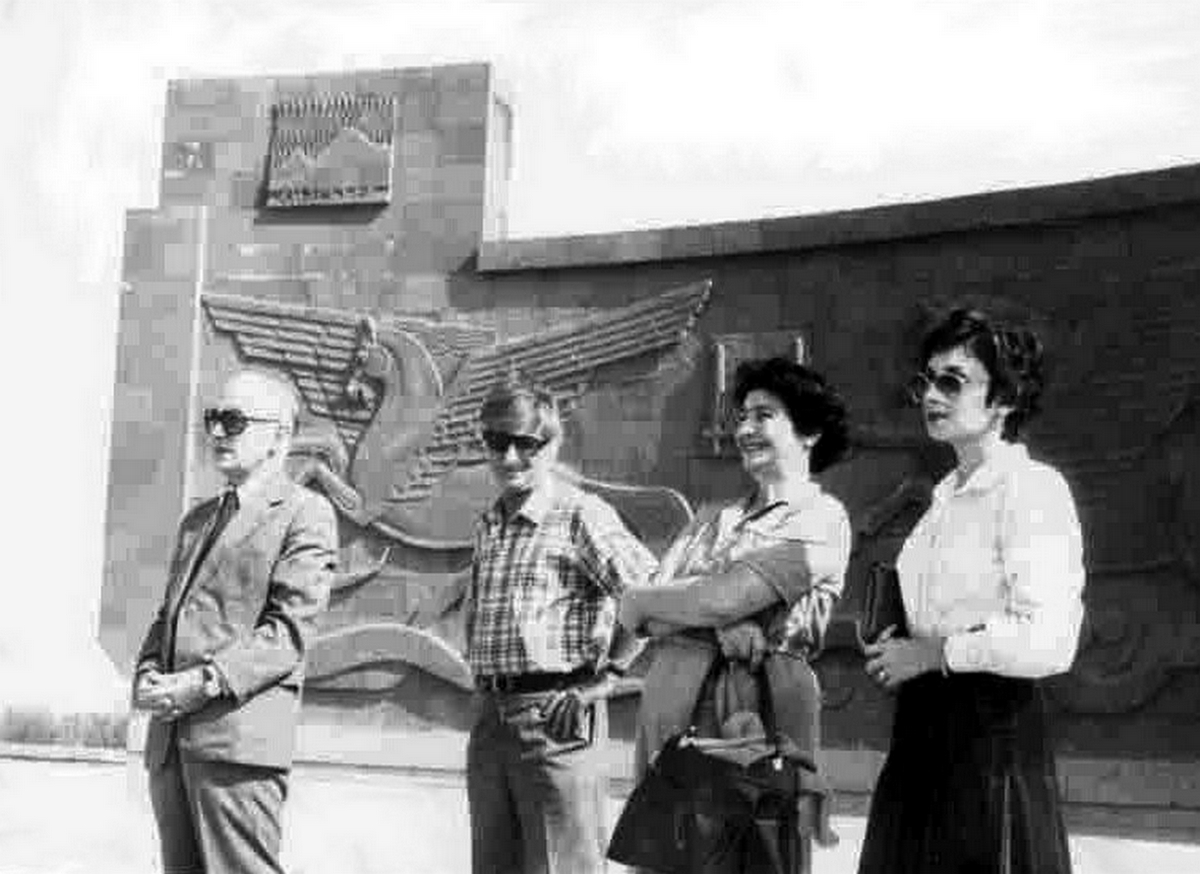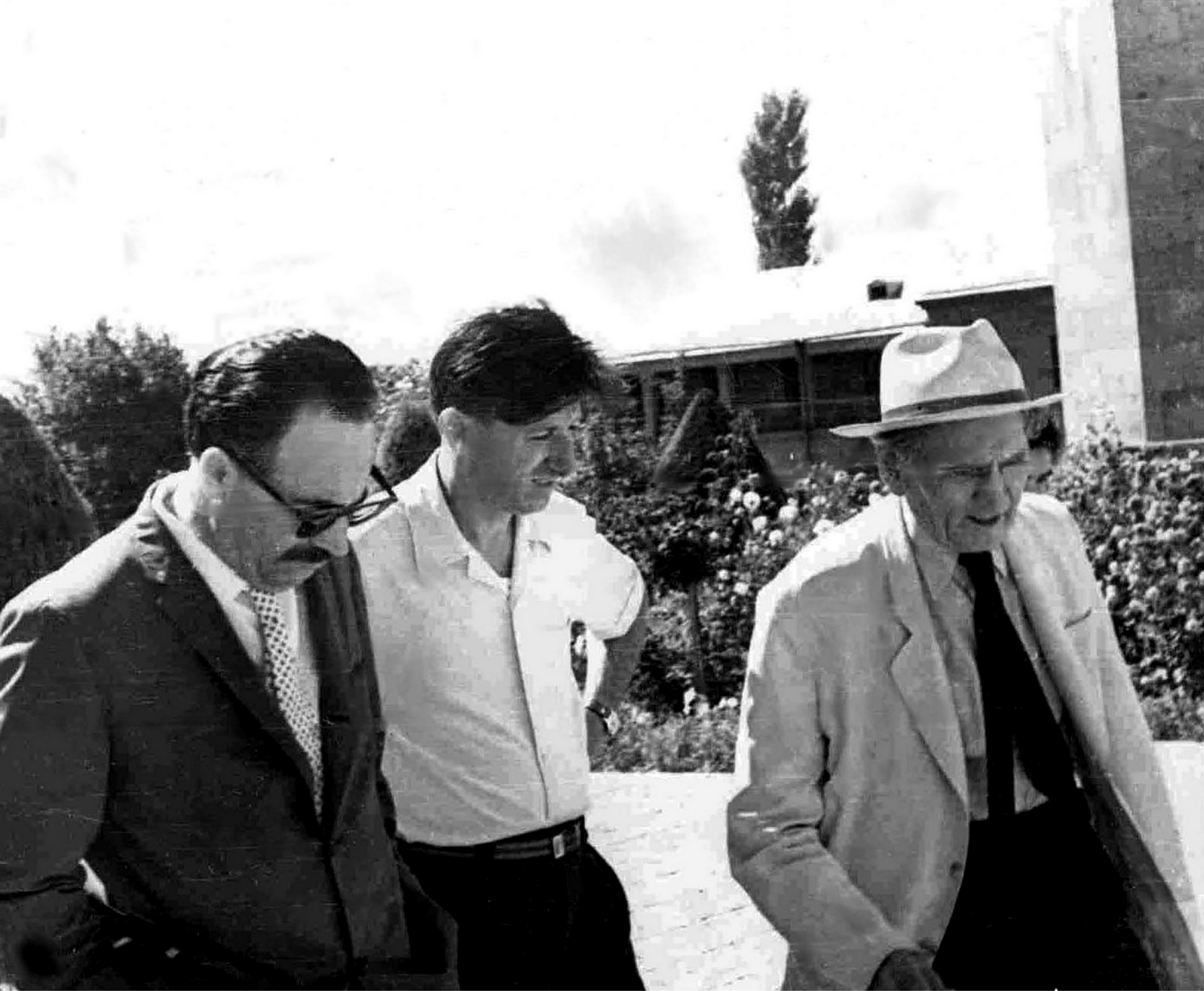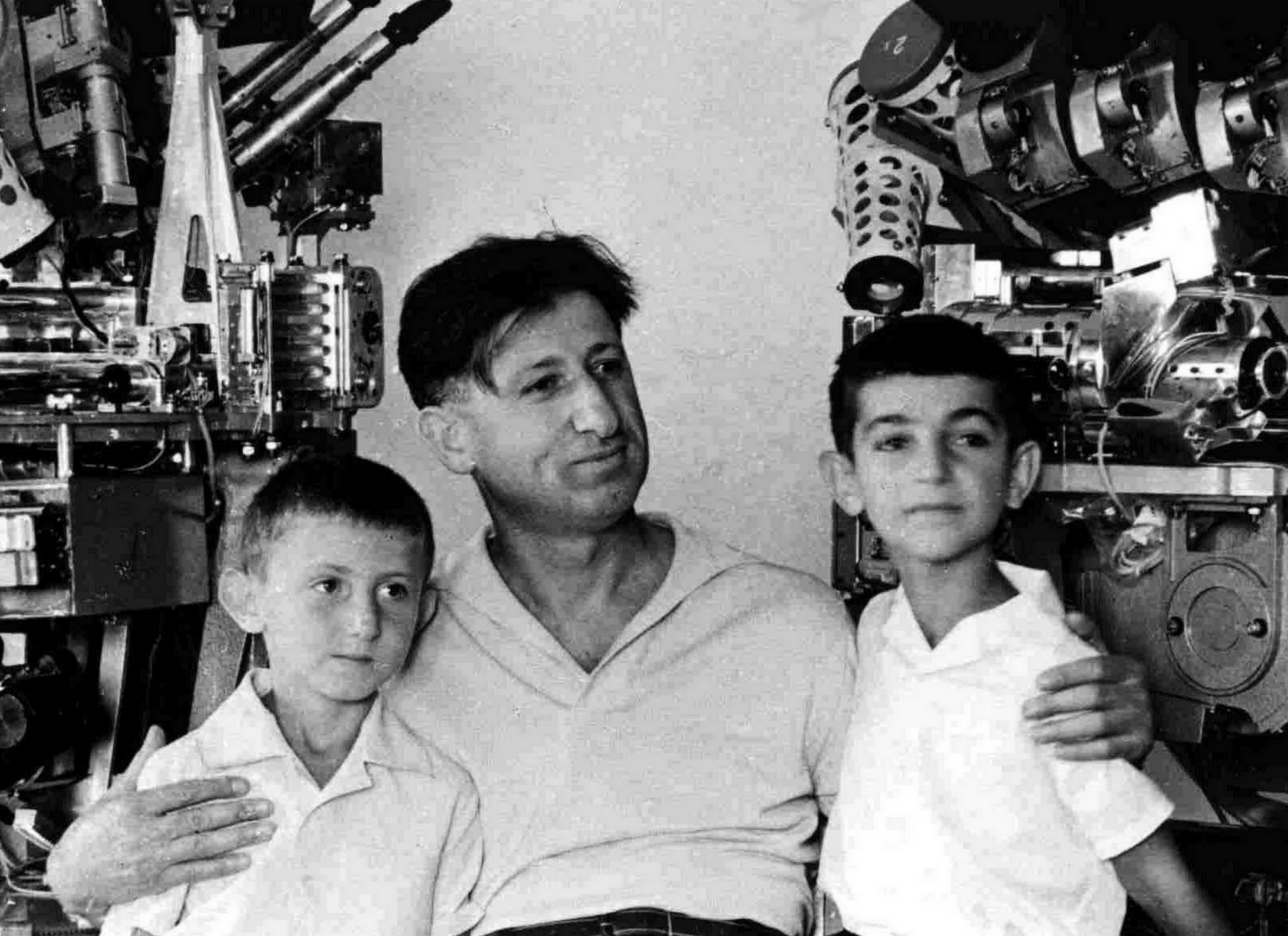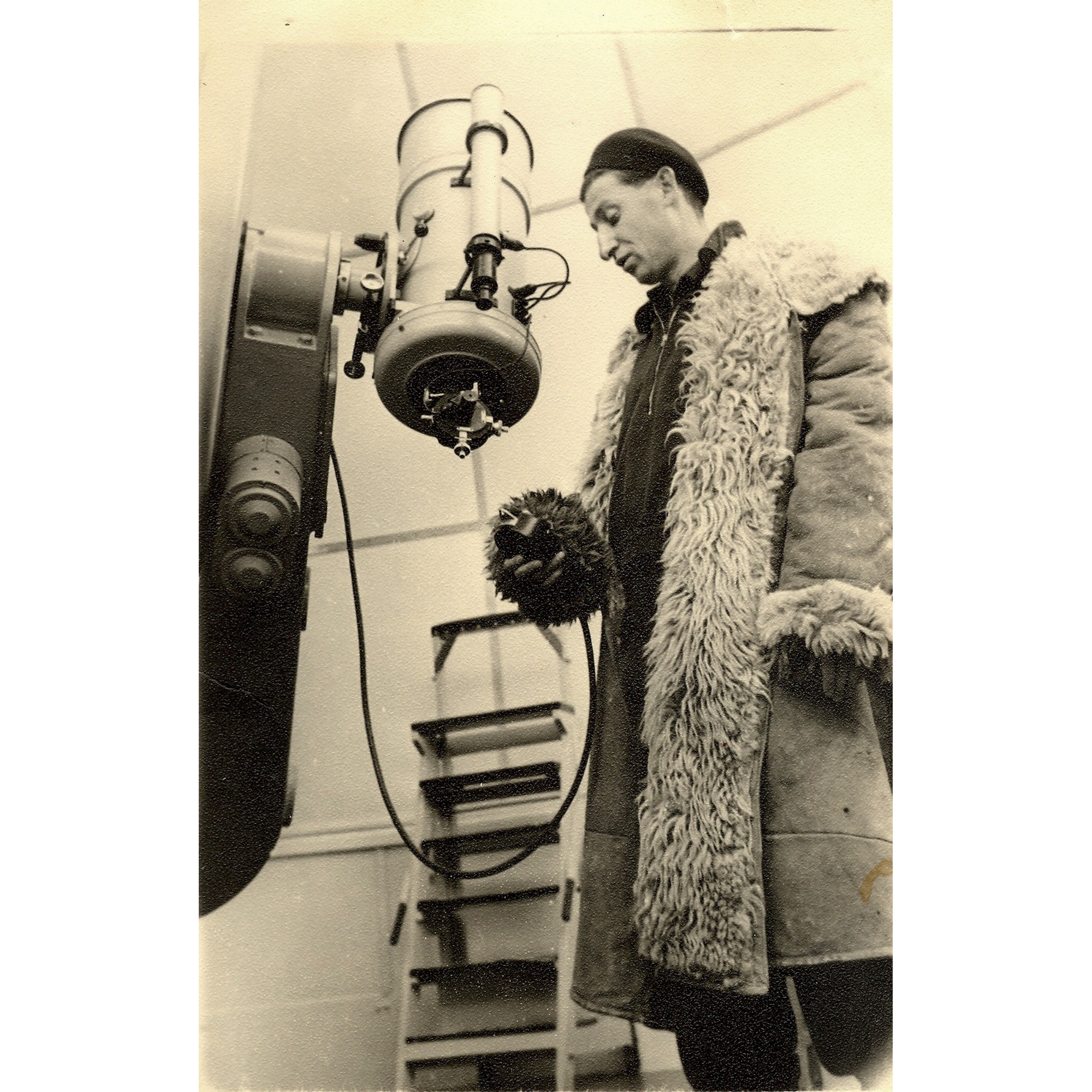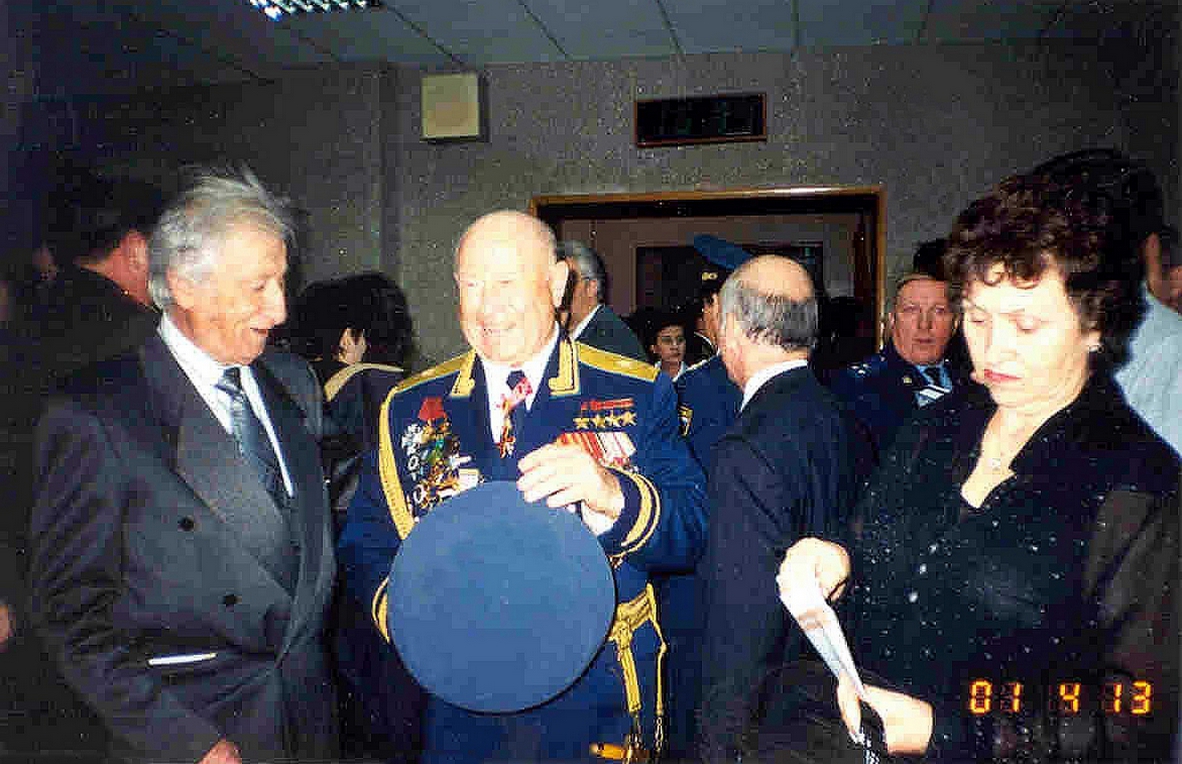Professor Grigor Gurzadyan, pioneer of space astronomy, designer of space observatories ORION-1 and ORION-2 onboard the first space station SALYUT-1 and SOYUZ-13, respectively.
He was postgraduate student of Victor Ambartsumian, being in founding team of the Byurakan Observatory. He headed the Stellar and Nebulae division of the observatory, later became deputy director of the Observatory for Space research. Since 1971 he headed the Garni Laboratory of Space Astronomy (later Institute). Full member of the Armenian National Academy of Sciences.
Works
In the 1960s and early 1970s, Gurzadyan headed the ultraviolet and X-ray observations of the Sun at the K-2, K-3, and K-4 Rocket Astrophysical Observatories, launched by R-5 ballistic missiles; the first launch was on February 15, 1961 from the Kapustin Yar military base. His article in the Proceedings of the Armenian Academy of Sciences, XLIII, 28, 1966, “A Powerful X-Ray Flare on the Sun” (October 1, 1965) is devoted to the discovery of the strongest solar X-ray flare observed to that time.
In 1970s Gurzadyan began development of orbital space observatories. The Orion-2 observatory (see Orion-1 and Orion-2 Space Observatories) was created, with a wide-angle meniscus telescope of the Cassegrain system, which was launched on the Soyuz-13 spacecraft in December 1973. UV spectra of thousands of stars were obtained, up to the 13th stellar magnitude, the first satellite UV spectrogram of a planetary nebula (IC 2149) was obtained, spectral lines of aluminum and titanium were discovered – elements previously not observed in planetary nebulae, two-photon radiation of nebulae was detected for the first time. For comparison, the ultraviolet telescope on NASA’s Skylab, which was in orbit at the same time, was able to record stars only up to the 7.5th stellar magnitude. Two years earlier, in April 1971, the first space station, Salyut-1, was launched, carrying Orion-1, the first extra-atmospheric telescope (with a diffraction grating) on a manned spacecraft. The results were published in NATURE and other influential journals.
He predicted magnetic fields in planetary nebulae in the 1960s, which were actually discovered only in 2005. He worked on flare stars (predicted negative infrared flares), interstellar matter, binary stars. In the 1990s, he developed the theory of common chromospheres (roundchromes) of close binary stars and the evolution of binary globular clusters.
His monographs on astrophysical problems published by major publishers (Nauka, Gordon and Breach, Pergamon Press, Springer-Verlag) served as textbooks for generations of scholars.
For several decades he lectured at the Yerevan State University (theoretical astrophysics, celestial mechanics) and at the Yerevan Polytechnic Institute (precision mechanics). He is also known as an original artist and the author of essays on the philosophy of science and art.
Bibliography: monographs
- G.A. Gurzadyan, Problems of Dynamics of Planetary Nebulae, Arm. Acad. Publ. 1954.
- G.A. Gurzadyan, Radioastrophysics, Arm. Acad. Publ., 1956.
- G.A. Gurzadyan, Planetary Nebulae, Nauka, Moscow, 1962; Gordon & Breach, 1970;ISBN 9027701172,ISBN 978-9027701176
- G.A. Gurzadyan, Flare Stars, Nauka, 1973; Pergamon, 1980; ISBN 0-08-023035-0
- G.A. Gurzadyan, et al., Observatory in Space: SOYUZ 13 – ORION 2. “Mashinostroenie” Publ., Moscow, 1984.
- G.A. Gurzadyan, Stellar Chromospheres, Nauka, Moscow, 1984.
- G.A. Gurzadyan, Physics and Dynamics of Planetary Nebulae, Nauka, Moscow, 1988; Springer, 1997; ISBN 3-540-60965-2[1]
- G.A. Gurzadyan, Theory of Interplanetary Flights, Nauka, Moscow, 1992; Gordon & Breach, 1996; ISBN 2-88449-074-4
- G.A. Gurzadyan, Space Dynamics, FraFrancis & Taylor, 2002; ISBN 0 415-28202-0[2].
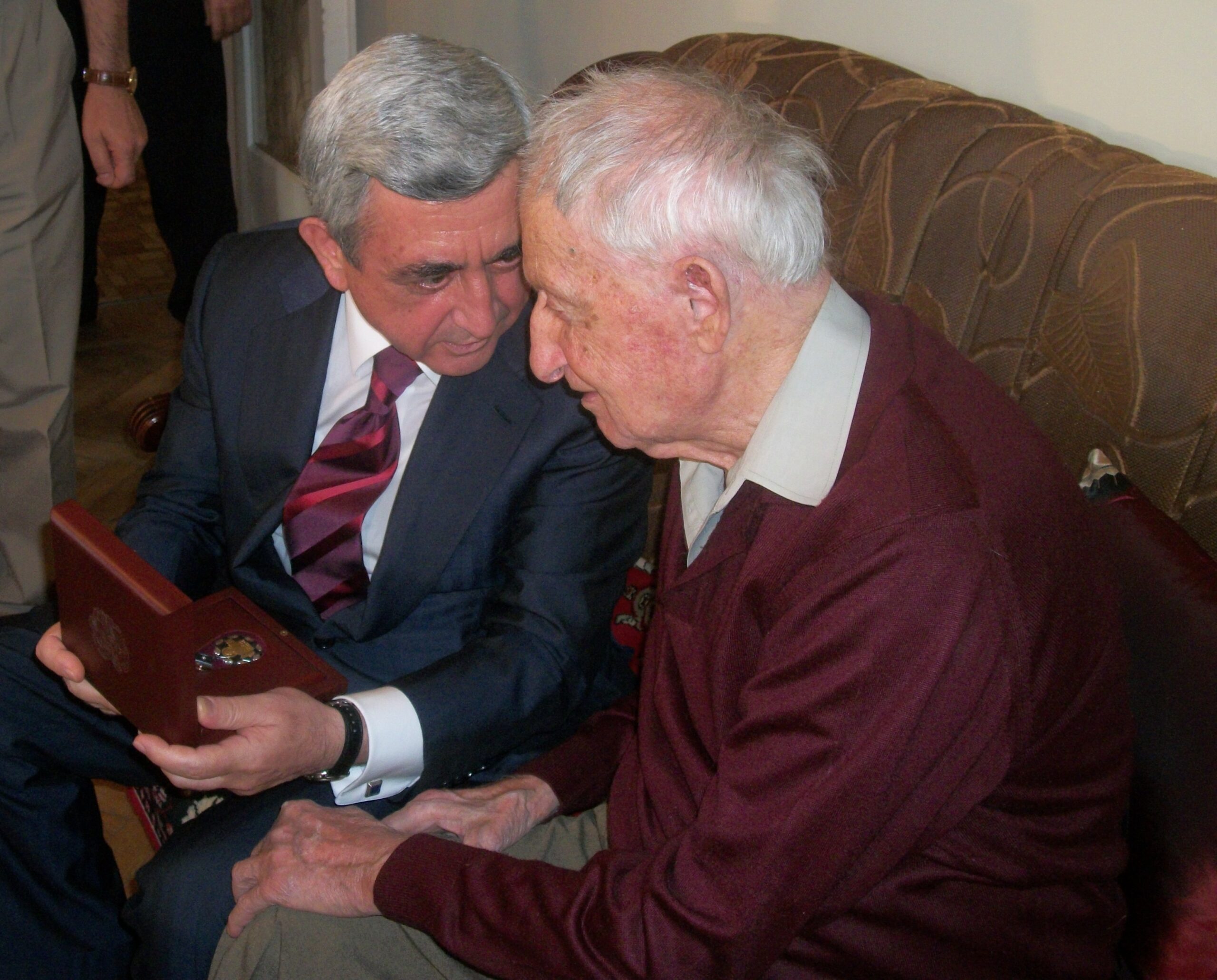
HOW IT WAS: From a letter by G.A. Gurzadyan, 1964
Below is a translation of an excerpt from a 1964 letter from Academician Gurzadyan to his wife. This letter is a unique historical document of sorts, conveying the spirit of that time and reflecting not only the development of events on specific space projects, but also showing how and by whom decisions were made. The letter features the legendary founders of Soviet cosmonautics: Chief Designer S.P. Korolev and President of the USSR Academy of Sciences M.V. Keldysh , Deputy Korolev K. Bushuyev , as well as President of the Armenian Academy of Sciences V.A. Ambartsumyan and others, noted in the notes.
Dear Marianne,
I have been in Moscow for 3-4 days now and so many things have happened that I don’t know where to start. The biggest event is that a government decision was made on Procyon [1]. Khrushchev himself signed it [2], Keldysh [3] told us about it. Keldysh and Ambartsumian were overjoyed, but I was a little downhearted. Because at that moment I was thinking about modifying Procyon. Without waiting for Ambartsumian to discuss this idea, I called Karelin [4] from Kazan and gave him the appropriate instructions. Only after that, yesterday evening, I told VA [5] about this change. The changes are serious, and despite this, VA immediately gave his consent. In general, VA is very inspired and decided to start building the institute in any case.
Our K-2 [6] has stunned everyone. The guys are doing well. Even Pipinov is doing well. The OKB is paying extraordinary attention to our affairs, they are working day and night, in three shifts. It is hard to say whether they will make it or not, although Bushuev [7] and others hope to make it. After arriving in Moscow, I was only able to visit the OKB today. It so happened that while I was there, Sergei Pavlovich [8] came with a large group to inspect the K-2, including a high-ranking person from the CPSU Central Committee. They asked me to tell them about the K-2. They listened very attentively, especially Sergei Pavlovich. Then I moved on to Procyon, as a continuation of the K-2. Here an argument began between Sergei Pavlovich and me, which was not without humorous moments. Apparently, my decisive position and serious objections to some fundamental issues caused some confusion among those around me, but both Sergei Pavlovich and I were very pleased (it seems to me that we will return to discussing this issue).
When we were parting, I was informed that this high-ranking official wanted to meet me separately at the Central Committee of the CPSU. This meeting was to take place tomorrow at 10 a.m. When I told VA about this this afternoon, he was very happy, said that I should definitely go, since this could only mean good things. However, it seems to me that this person is simply interested in the details of our work (which is also not bad).
All this happened this morning, and in the afternoon I and VA were supposed to meet with the Minister of Defense Industry by prior arrangement. I got there from the OKB in a hurry (late), and we immediately got down to business. Contrary to my expectations, the Minister (Zverev) [9] showed extraordinary readiness to help us. In short, Zverev agreed to help in every possible way in organizing the institute, something I had been thinking about for a long time. This, in my opinion, is the most important event of this visit to Moscow.
Notes: 1 – Astrophysical satellite with four ultraviolet telescopes. 2 – First Secretary of the CPSU Central Committee N.S. Khrushchev. 3 – President of the USSR Academy of Sciences M.V. Keldysh. 4 – Leading Designer of KOMZ A. Karelin. 5 – President of the Academy of Sciences of the Armenian SSR V.A. Ambartsumyan. 6 – Rocket Astrophysical Observatory. 7 – Deputy Chief Designer of the OKB K.D. Bushuev. 8 – Chief Designer of the OKB S.P. Korolev. 9 – Minister of Defense Industry of the USSR S.A. Zverev.
The events described in this letter then developed at an accelerated pace: the K-2, K-3 and K-4 rocket astrophysical observatories were launched from the Kapustin Yar cosmodrome, then the Procyon orbital observatory on the Kosmos-309 satellite (1969), as well as the Altair telescope on the Meteor satellite (1971), both from the Plesetsk cosmodrome, the most successful experiments in the world at that time were conducted – the Orion-1 orbital observatories (1971) on the first Salyut space station and Orion-2 (1973) on the Soyuz-13 manned spacecraft. In addition, work began on the creation of a space scientific and industrial complex in Garni.
Varazdat Harutyunyan “The Phenomenon of Grigor Gurzadyan”, RA, 13.07.2000 (view pdf, arm)

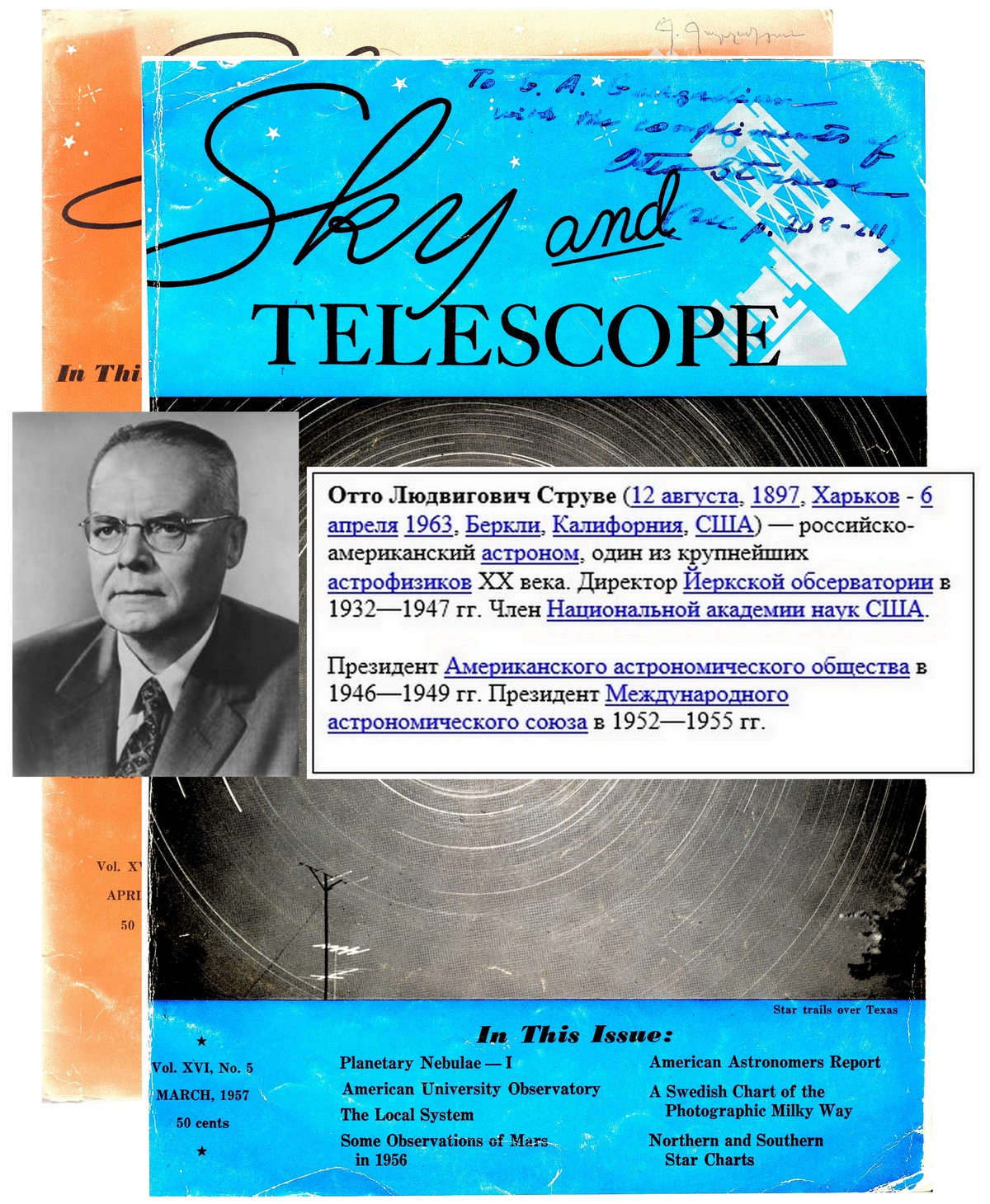

40th anniversary of Yuri Gagarin’s flight, Star City, April 12, 2001
50th anniversary of Yuri Gagarin’s flight, Star City, April 1–3, 2011

Last Updated on 2024.12.21







